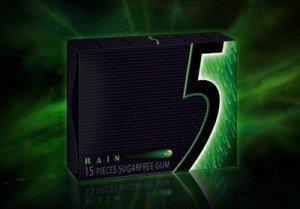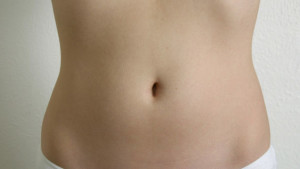Everyday, on the way to class, or while working out at the gym, I listen to music. I am not the only one that does that, as I believe most listen to some sort of music everyday. My most used method of listening involves headphones. They are easy to carry around and are very mobile. Nobody wants to be that guy who plays music out loud while walking on the sidewalk, so we all resort to headphones. Headphones, such as the common apple headphones, are an easy way to listen to your favorite songs on the go. Though they produce quality sound, they also are counterproductive for us. I never thought of this before, but these little buds that project music into our ears, can cause hearing loss.
According to the American Osteopathic Association, 1 in 5 teens today have some sort of hearing loss. This is a 30% increase from the 1980’s. One would expect this number to have gone down, with the improvements in technology and medication, but instead it has increased. Why is this? According to them, they accredit it to headphones. Dr. James E. Foy says that even a mild hearing loss due to headphones can create lifelong delays in speech development and hearing development (Ostheopathic.org). This is not anything anyone wants to ever look forward to. Also, according to the World Health Organisation, the single biggest cause of preventable hearing loss is due to loud music (The Guardian). Though they do not state if it is due to headphones or not, one must assume, based off of Dr. James E Foy’s statements, that headphones greatly worsen the chances of hearing loss compared to music over a speaker.
So what is too loud? It is safe to assume that earphones are not always dangerous. If one is playing music at a soft volume, damage will not occur, but once you pass a certain threshold, the damage can become a real threat. The question is, what exactly is that threshold? According to David A. Schessel, the chief of Otolaryngology-Head and Neck Surgery Division at the Stony Brook University College of Medicine, this threshold is at 85-decibels. Below it is considered safe, while above it can cause permanent damage. He states that to tell if the music is too loud, if one can hear the music from headphones, that is not wearing that pair of headphones, it is too loud (Stony Brook Medicine). This seems to be a simple concept, as the music is intended for you, not for everyone around you. But, it can be hard to tell if others can hear it, as most won’t speak up if they can hear it.
This controversy over headphones is not too much as a controversy at all. They can cause permanent damage to your ears, and that is known throughout the science world. But, it is that 85-decibel threshold that is important for us to keep in mind, as when we pass that limit, we are forever damaging our ears. There is a simple solution to this though, one that I will now pick up on in the future. I will now invest in “db Logic Earbud Headphones with SPL2 Technology”. This technology prevents you from turning up the volume above the 85-decibel threshold that causes permanent ear damage (Apartment Therapy). These will prevent that future ear damage that is now a very real possibility for all of us. In conclusion, yes these ear buds that we wear everyday can cause damage to our ears. Maybe it would be smarter for all of us to be that guy that plays music aloud while walking down the street, at least he won’t have permanent ear damage.
Works Cited
Stony Brook Surgery. “Headphones & Earphones Can Cause Permanent Hearing Loss.” Stony Brook School of Medicine. N.p., 23 Aug. 2013. Web. 4 Dec. 2015. <http://medicine.stonybrookmedicine.edu/surgery/blog/headphones-and-earphones-can-cause-permanent-hearing-loss-what-you-need-to-know>.






